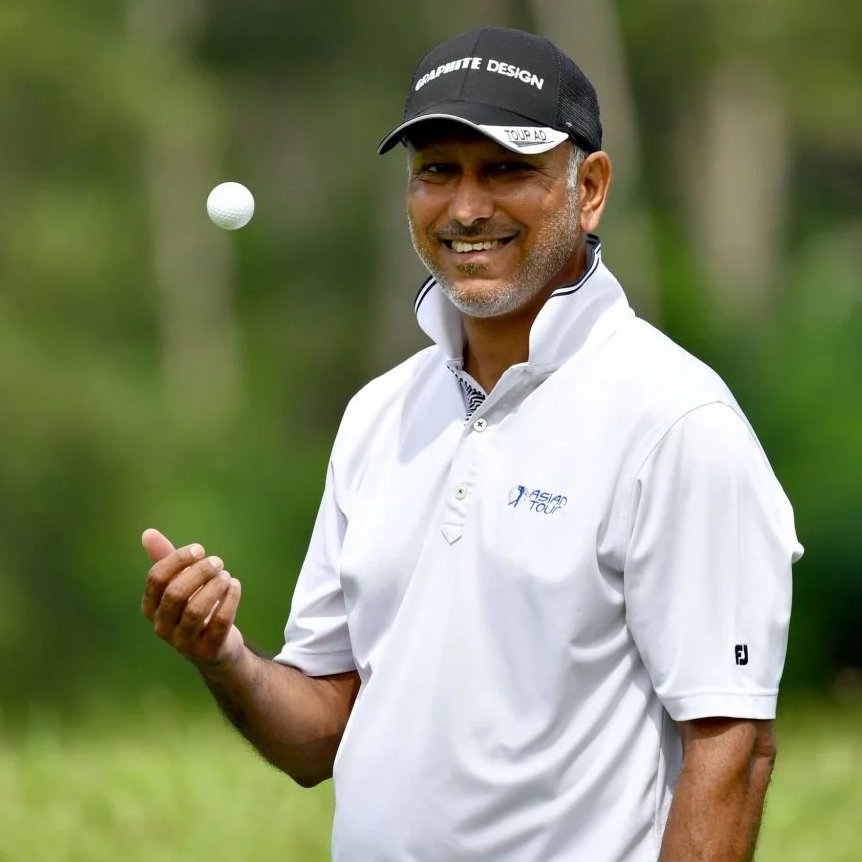
Jeev Milkha Singh played in three consecutive Masters Tournament from 2007-2009
In a ten-year span from 2007 to 2016, an Indian golfer was in the Masters field six times. Jeev Milkha Singh kicked off the stretch by playing in three straight from 2007 to 2009. Arjun Atwal qualified for the 2011 Masters by virtue of winning the Wyndham Championship in 2010. Anirban Lahiri picked up the baton and played back-to-back years at Augusta National in 2015 and 2016. Shubhankar Sharma then made it seven appearances in 12 years when he qualified for the Masters in 2018.
In the five years since then, however, no Indian golfer has qualified for the Masters, or even come close. In fact, since Sharma played in all four Major championships in 2018, Indians have appeared in only three Majors out of a total of 16 (including the 2023 Masters), and two of those came in 2019.
View this post on Instagram
With Lahiri now on the LIV Tour, which does not yet offer world ranking points, and Sharma’s world ranking in the low 200s, the outlook for Indian golfers appearing in a major appears bleak. Of course, any of them could attempt to get into the U.S. Open or the British Open through the open qualifying process. But that’s a long shot at best even assuming a player such as Lahiri would be motivated to go down that route.
This is a worrying trend for Indian golf because the Majors provide the greatest visibility for the game. While hardcore fans will follow their favourite player no matter the tour or the standing of the tournament, it’s the major tournaments that cast a wider net and pull in the casual fan as well.
In the 1980 U.S. Open, it was Japan’s Isao Aoki’s duel with Jack Nicklaus that drew the world’s attention to Japanese golf. By that point Aoki had been a professional for 16 years and had won dozens of events on the Japanese tour, where he led the money list in 1976, 1978, 1979, and would lead it again in 1980 and 1981. But the world sat up and took notice because Aoki went shot-for-shot with the great Nicklaus on the game’s biggest stage.
On the LPGA Tour, it was South Korea’s Se-Ri Kim who changed the landscape of women’s golf. When she made her debut on the LPGA Tour in 1988, she was the only Korean player. Park won two major championships as a rookie, including the U.S. Women’s Open which got her on the cover of TIME magazine and made her an icon back home. A decade later, there were 45 Korean players on tour and the LPGA’s largest source of revenue came from the sale of TV rights in South Korea. In a 2005 article for ESPN, Eric Adelson wrote that Park “changed the face of golf even more than Tiger Woods.”
India’s lack of appearances in major championships should therefore be of great concern. It not only indicates that the development of Indian golf has stalled, but it deprives Indian golf of moments that would serve to inspire the next generation. One only needs to look at Aditi Ashok’s performance in the 2020 Olympics to see the kind of impact one good week can have on the sport.
In the first decade and a half of the 21 st century, Indian golf appeared to be on an upswing. Jeev, Atwal and Jyoti Randhawa enjoyed regular success in Asia and Europe. The next generation featuring Shiv Kapur, Lahiri, Gaganjeet Bhullar, and others built on that foundation and also tasted success in Asia and Europe. The future of Indian golf appeared to be in good hands but now with the exception of Shubhankar Sharma, the pipeline seems to have run dry. Even Sharma has not lived up to the expectations his early success generated.
It’s time for Indian golf to figure out why and avoid risking what the sport has already built.
Credits:-
Photo – Asian Tour


